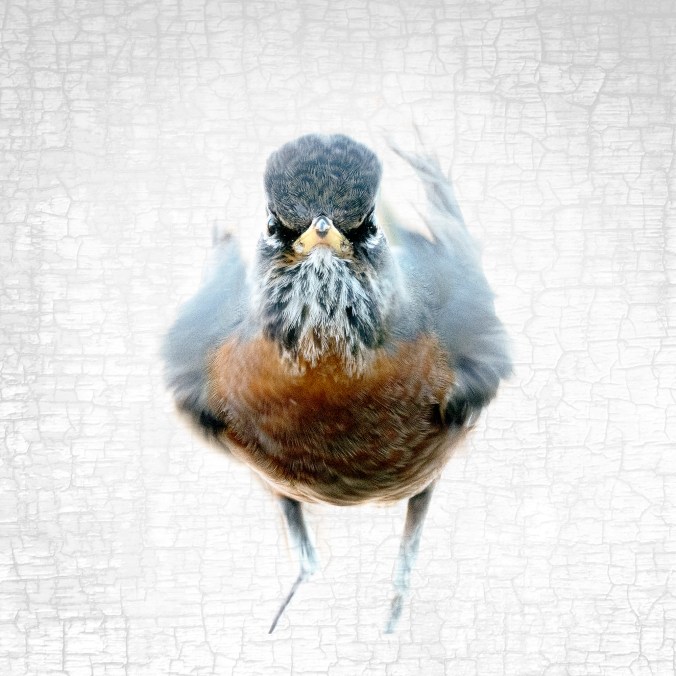I hope you will enjoy my new Birds of Judgement series, if only because it makes you smile and because you may, or may not, see yourself or someone you know in those faces.
But if you’re interested in the events and thinking that went into these particular images, read on.
In a practical sense, I first started compiling a collection of angry looking birds when I was making my placard for the first of the 2019 Climate Action rallies initiated by young people rightfully worried about the future of the planet they are inheriting. The timing of the first rally in Vancouver coincided with the publishing of new research showing that bird populations across Canada and North America had declined by a whopping 29% (or 3 BILLION birds) in the preceding 50 years. Birds are, quite literally, the canaries in the coal mine of climate change and environmental degradation.
This brilliant cartoon by artist Dave Parkins, captures the issue perfectly.
I wanted to try and combine words and images in the same way, and give birds a small voice in the overall cry for Climate Action. Anyway, see below for my sign in action at one of the demonstrations.

Earlier this year I read Esther Woolfson’s brilliant latest book, Between Light and Storm: How We Live With Other Species. In the chapter titled “Souls” she writes:
“Throughout history, ideas about who possesses a soul and who does not, have constituted part of the bedrock of the way we’ve thought about and treated other species.”
From Between Light and Storm: How We Live With Other Species
by Esther Woolfson
The firm conviction that Nature is hierarchical — a pyramid with humanity at the top, and the rest of the creation below us, at our behest, is very ancient. This view of the world has led us, in many ways to to the ledge on which we currently find ourselves teetering. Apart from the looming issue of climate change, there is the small and humbling matter of how human society has been recently brought to its knees by a tiny microbe . . .
If all human project planning was preceded by the question “how would birds judge us for this?” I really think we’d all be much better off.
As I was searching through my many photographs for images of birds staring directly at the camera, I realized that I really do have a lot them.
Why is that? I wondered.
While it’s often thought that best bird photography practice is to have the bird look more “natural” by capturing them going about their business and gazing off to the side as if oblivious to human presence, I’m always happier to capture the fleeting connection (good or bad) between us.
Besides, they do say that the eyes are the window to to soul, bird or human, and we know how important these souls are in assigning importance to a species.
Looking at the birds boldly staring out of the frame reminds me of the of the late art critic, John Berger. I read a lot of his work in my 20’s and it changed my world view. He often challenge us to consider the “gaze” in art— the gaze of the artist, the gaze of the subject and the gaze of the viewer. In other words, who’s looking at who, and how, and why?
He posed a lot of other questions too, but I often ask myself why I’m looking at birds the way I do, and why I take the kind of photographs I do.
Well, maybe not often.
But sometimes.
Every image is a sight which has been recreated or reproduced. It is an appearance, or a set of appearances, which has been detached from the place and time in which it first made its appearance and preserved — for a few moments or a few centuries. Every image embodies a way of seeing.
From Ways of Seeing by John Berger
I take photographs of birds, basically, because I feel a real connection with them and I want to try and convey that to the viewer in the hope that they can feel it too.
Sometimes it’s beauty that makes the connection. Sometimes it’s laughter.
And sometimes it’s just those eyes, staring from one soul to into another.
And if you do read into this series that birds are judging us … they probably are.
__________________________________________________________________________________________
© junehunterimages, 2021. Unauthorized use and/or duplication of this material without express and written permission from this blog’s author and/or owner is strictly prohibited. Excerpts and links may be used, provided that full and clear credit is given to junehunterimages with appropriate and specific direction to the original content.






































